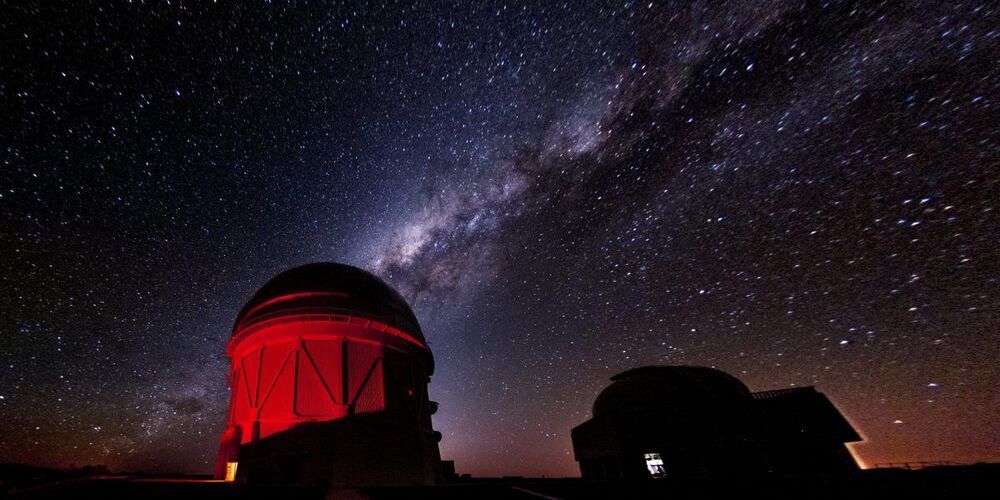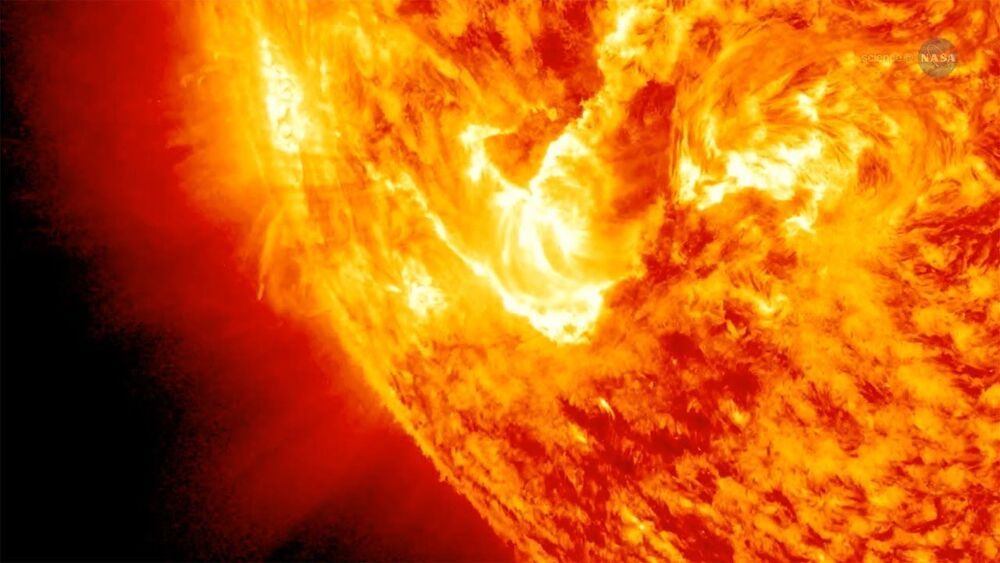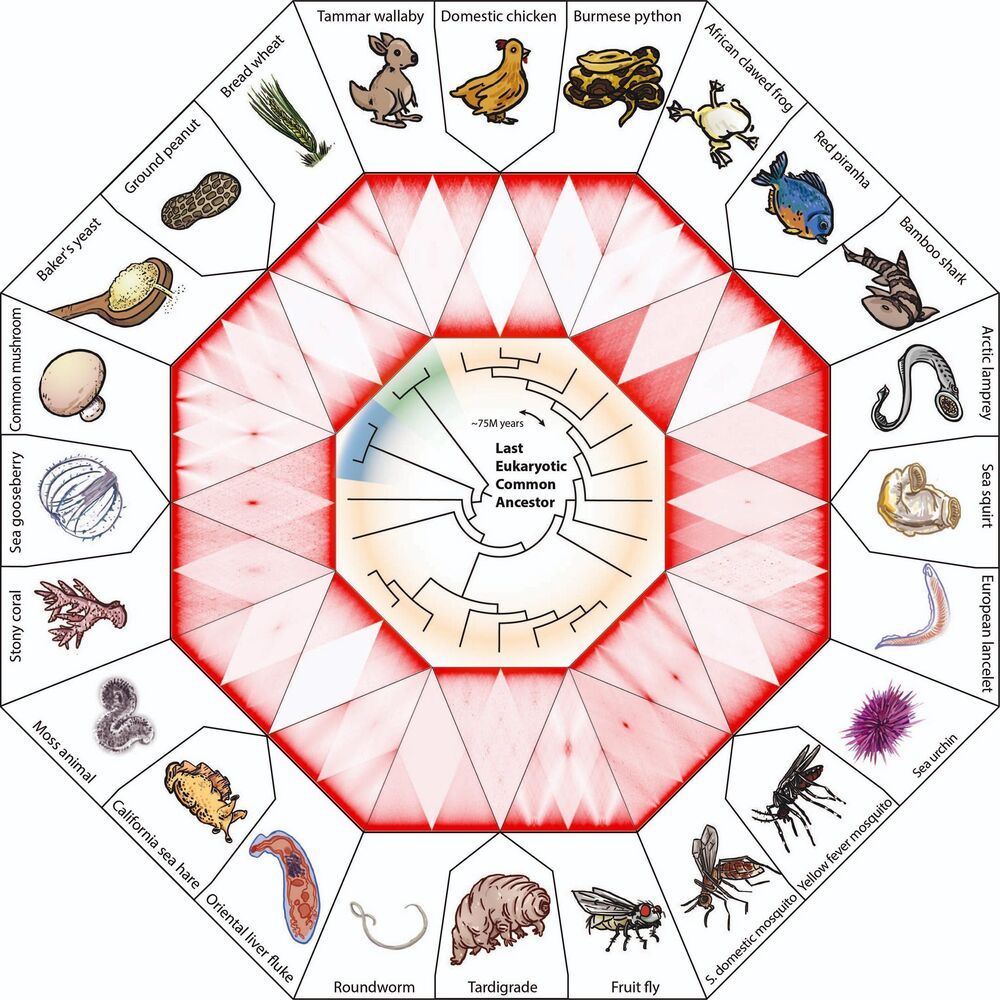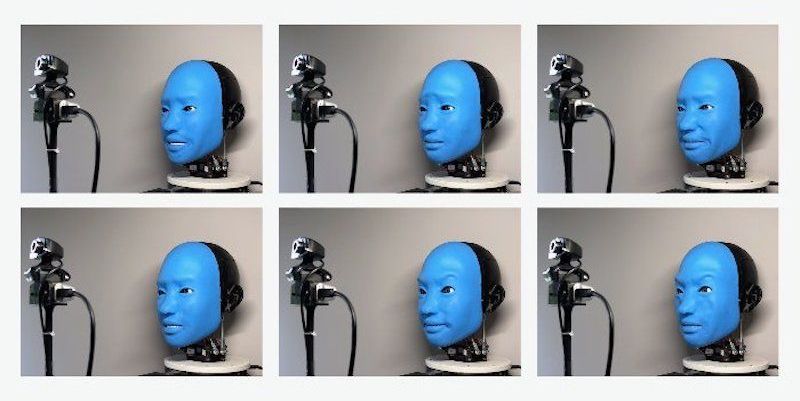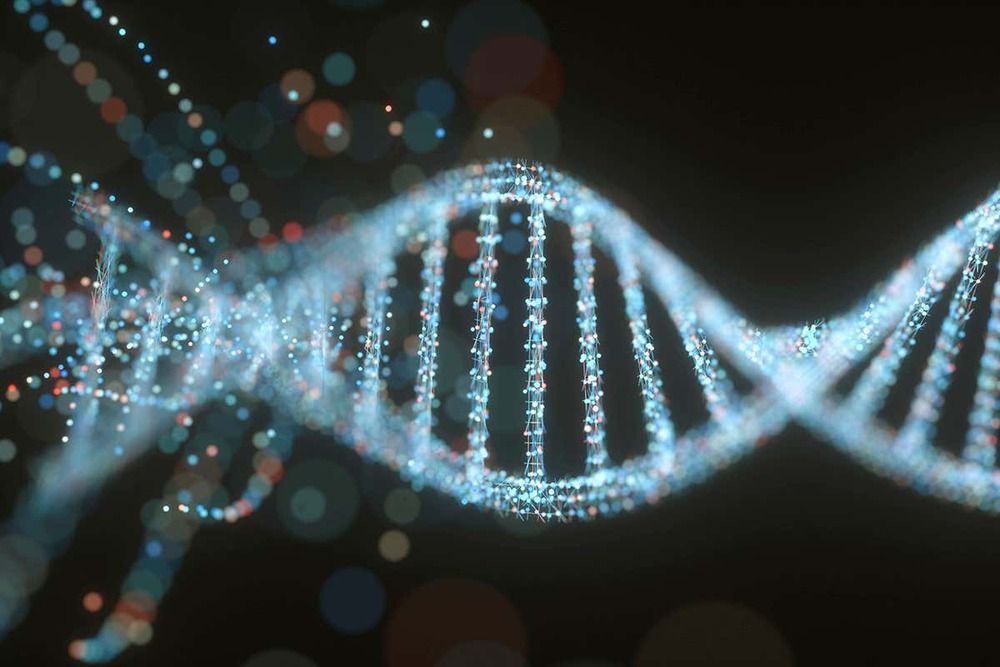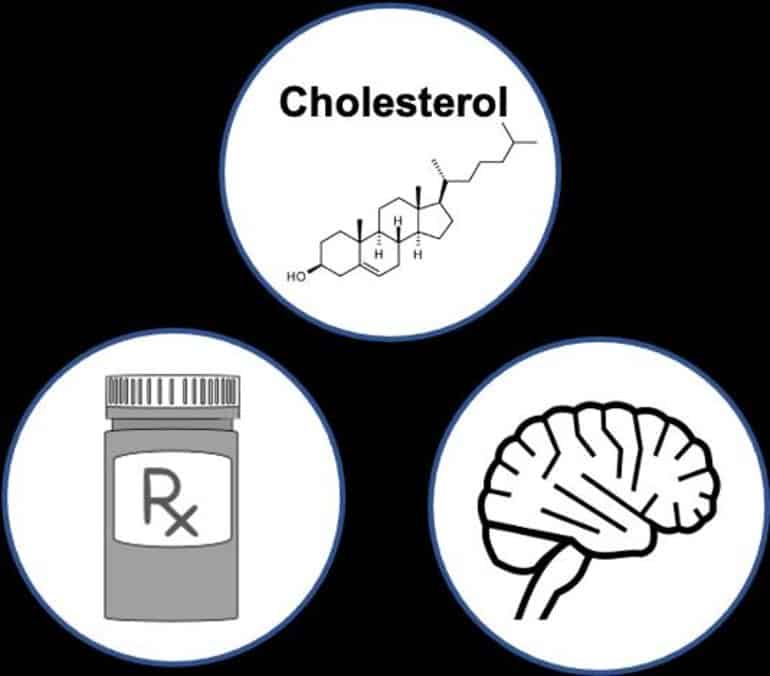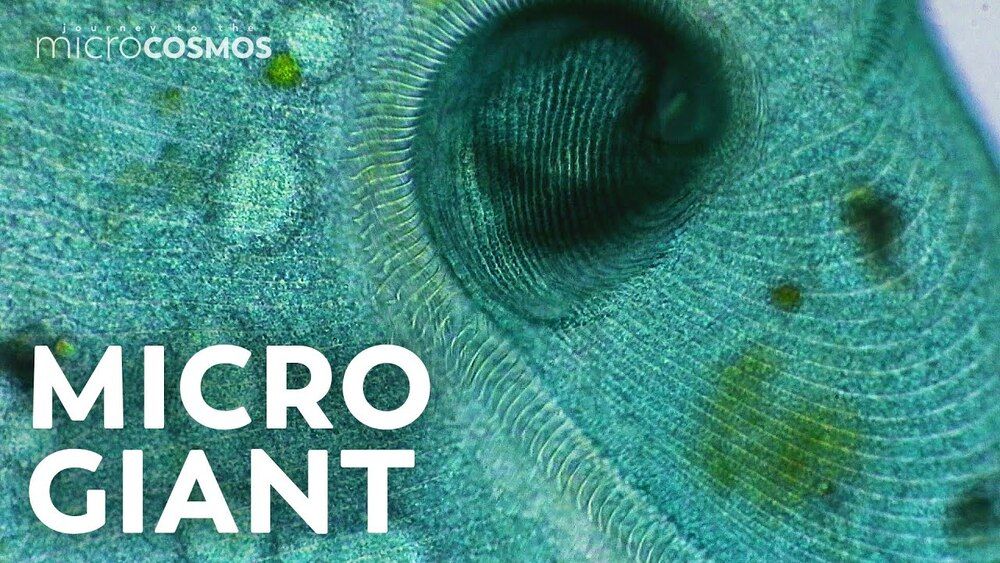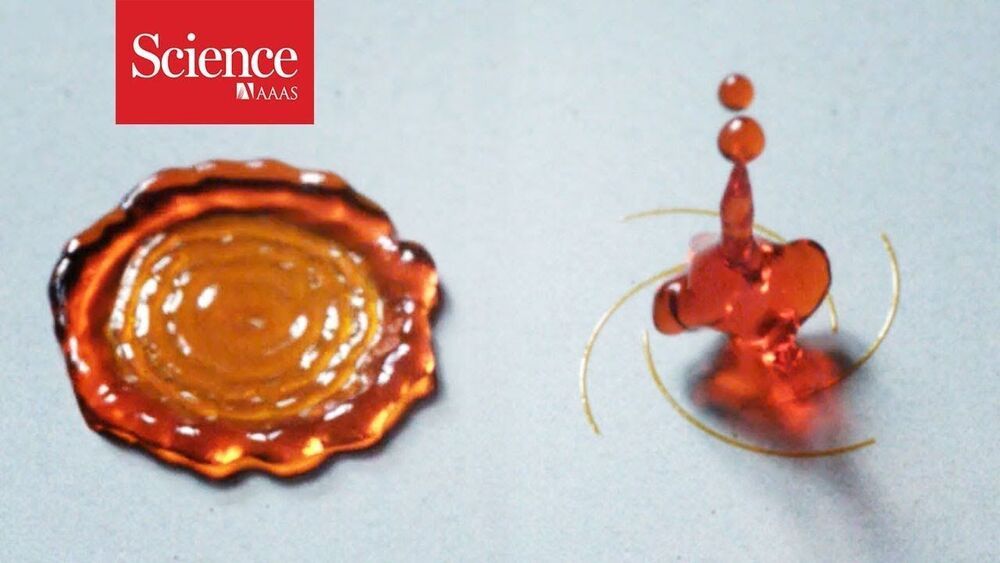We know dark matter exists because we can observe its effects on all the stuff that’s swirling around in the universe. Scientists estimate that about 27% of the universe is made of dark matter (68% is dark energy, and the last 5% is ordinary matter and energy). The questions on everyone’s mind: Where exactly is all that elusive stuff located? And how is it distributed throughout the universe?
An international project of over 400 scientists called the Dark Energy Survey is working on answering them. It has just released the largest and most detailed map of dark matter in the universe—with some unexpected findings that don’t yet neatly align with ideas in physics that date all the way back to Albert Einstein and his theory of general relativity.
